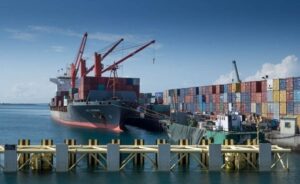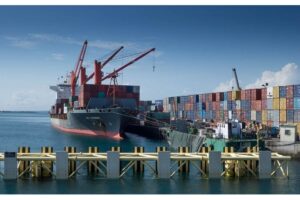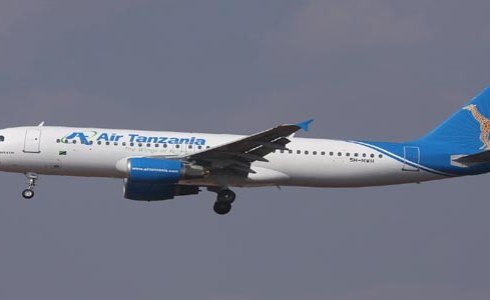
Before the 2022 power blackouts, I viewed Tanzania’s electricity sector as just another example of inefficiency. But when the blackouts hit, the sporadic flickering of power signalled something more insidious. If Tanzania is to progress, we must overhaul the power sector.
Unlike past outages, the 2022 blackouts were unpredictable. Instead of a scheduled 10- to 12-hour cut, power came and went multiple times a day, defying logic. With my background in telecoms, I knew that maintenance follows predictable patterns—no competent engineer allows a network to behave like a faulty switch. These erratic fluctuations pointed to a deeper, systemic issue.
The government blamed maintenance, but I wasn’t buying it. A newly installed transmission link near my residence should have stabilised supply, yet outages persisted across multiple regions. This wasn’t a local problem—it pointed to a crisis in the backbone of the system.
The smoking gun was the relentless drought. Tanzania experiences droughts in roughly 10-year cycles: 1993 brought IPTL, 2005/06 gave us Richmond, and 2013 led to Symbion. In 2022, hydropower generation collapsed. Yet, with public memory of Magufuli’s blackout-free days still fresh, the government was desperate to avoid admitting another power crisis.
In a politically charged climate, authorities resorted to creative tactics: delivering just enough electricity while praying for rain. The result was a grid behaving like a cat on hot coals. I moved to challenge the official narrative, arguing boldly that actual demand must be above 5GW and likely beyond 10GW, not the paltry 1.7GW claimed.
That was a risky business. I wasn’t just disputing numbers—I was confronting vested interests that thrive on keeping Tanzanians in the dark. I expected backlash, but nothing prepared me for what followed.
Soon after that article was published, my editors called, concerned about the “veracity” of my claims. To my dismay, they took it offline. I later learned that followed complaints from Tanesco. I reminded them that a healthy debate welcomes counterarguments, not silencing dissent. However, I had no opportunity to defend my position.
The government routinely confuses demand with supply, citing figures that reflect what they generate, not what is truly needed. If supply is 1.5GW and people use 1.5GW, that doesn’t mean demand is 1.5GW—it simply means that’s all they can get. Establishing demand requires rigorous analysis, which would expose a huge gap in the power supply.
Strategic Planning is the gold-standard: it integrates historical trends, end-use models, and econometric forecasts to predict demand over 10 to 30 years, factoring in economic growth and technological changes. This should underpin all policy decisions, instead of allowing political agendas to manipulate figures and obscure real challenges.
In 2005, the National Development Corporation estimated demand at 3GW, projecting 30GW by 2025. Yet today, we still generate around 3GW. The 2012 Power Master Plan, crafted by 70 experts, projected 5GW for 2020 and 10GW for 2025. Strangely, by 2022, installed capacity was stuck at 1.7GW—unchanged since 2012.
How could demand stagnate while Tanzania remained one of Africa’s fastest-growing economies for two decades? A few years ago, our per capita energy consumption was just one-sixth of the sub-Saharan average, ranking us among the world’s lowest. Had we met the regional average, our demand would easily approach 10GW.
This isn’t just a numbers game. The disconnect between official figures and reality cripples investment and industrial growth. Factories, mines, and even homes suffer, perpetuating inefficiency. Progress is sacrificed at the altar of political expediency.
Take Geita Gold Mine, which requires 40MW—power Tanesco failed to provide, causing annual revenue losses of over 100 billion shillings. Tanesco dismissed my claims, only to celebrate connecting the mine to a new transmission link a year later! Last year, to my astonishment, I learnt that the link didn’t deliver 40MW—it merely lit residences and offices, leaving the mine in the dark!
There are many cases like that. Mines in Mwanza and Mbeya, factories in Tanga, and even EACOP had to plan for 300MW which Tanesco couldn’t deliver.
This is the Tanzania I know – we are being gaslighted at Premier League levels. That’s why when officials claim surplus power, I ask, “What power?” Four turbines at JNHPP are offline due to excess power, right? Wrong – those in the know say it is because the grid cannot evacuate what’s generated. You have to crosscheck every statement to establish the truth.
Let me say this: as an opinion writer, my goal is not to be perfect but reasonable. Like a doctor who treats a fever without diagnosing every possible illness, I focus on the most likely cause and present a rational argument. I may not offer a definitive figure regarding power demand in Tanzania – that’s the job of 70 government experts – but I wish to highlight the chasm between official claims and reality. If we allow the government to continue to obscure power deficits, the investments needed to spur industrial growth and economic progress will be stifled.
Tanzania’s future depends on reliable electricity. No nation develops without it. Tanzanians must demand accountability, expose deception, and insist on a forward-thinking strategy. The stakes are too high.














